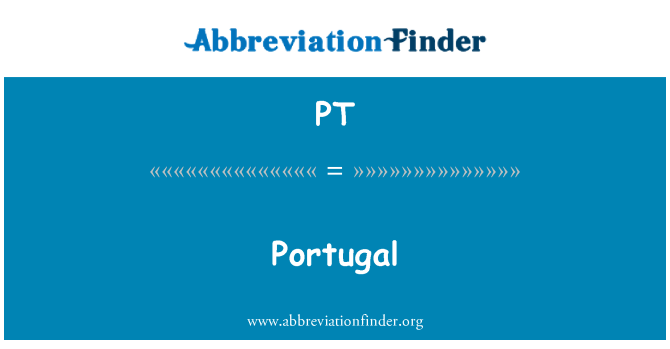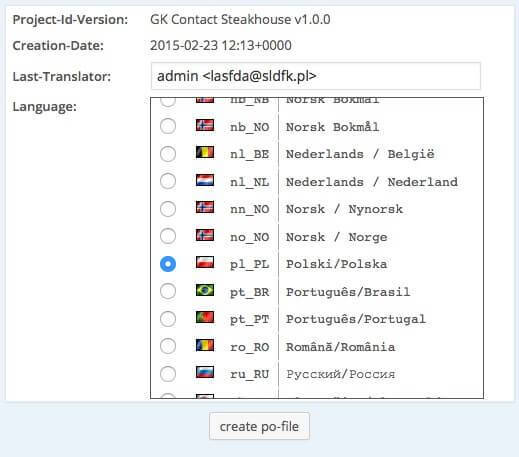

Specify it both in the base and as an additional path:įinally select the keywords tab and enter the following keywords to tell poEdit what is used to mark localizable text: When you’ve entered the catalog settings you should select the Paths tab and enter the full path to the location of your theme or plugin. For the moment you can leave this empty and if you discover at a later date that you do require support for plurals then you can change the catalog options and update the value. The plural forms is a complicated setting and requires a section of its own.


If you do require another encoding then make sure this is clearly marked in the final output file (more details about this later). Where possible you should use UTF-8 as your character set as this is the default encoding used by WordPress and supports almost every character you could need. Character sets contain special characters that some languages need (such as letters with accents – é). The character set ( charset) encoding tells poEdit how characters in your file are stored. Fill this out as follows, changing the details as appropriate to your chosen theme or plugin and target language: A window will appear asking for catalog settings. You should download and unzip the theme or plugin from the author’s site and store it in a known location:įrom the File menu select New Catalog. You may find it easier to have WordPress installed on your own machine, but it is not essential. Sometimes this file will be provided by the theme or plugin author, but if not it can be automatically generated using gettext or poEdit.īefore you begin you will need access to the theme or plugin you want to translate. The first step involved in translating a plugin or theme is to produce a POT file, which is a list of all localizable text.


 0 kommentar(er)
0 kommentar(er)
